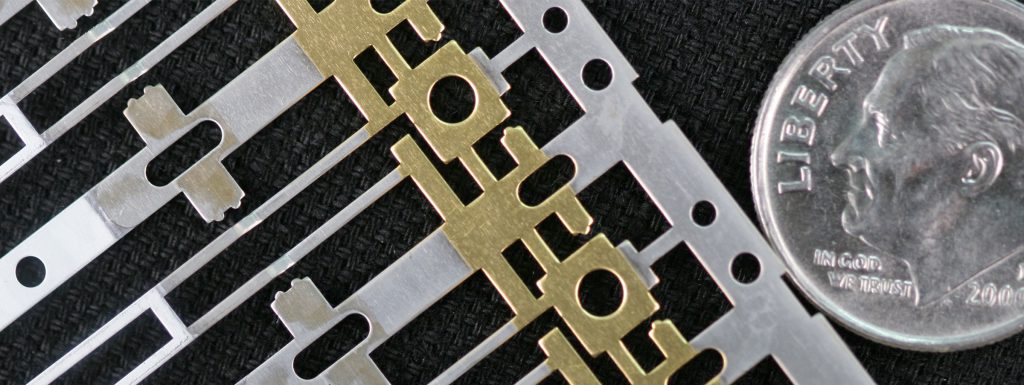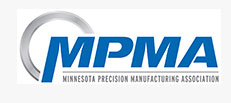Stamping metal is a cold-forming process that uses dies and stamping presses to turn sheet metal into different shapes. Flat sheets of metal, also known as blanks, are fed into a sheet metal stamping press and formed into a new shape with the help of a tool and die. Stamping facilities and metal fabricators use […]
Category: Precision Metal Stamping
Custom metal stamping with full service
METRIC TOOL AND STAMPING specializes in precision metal stamping work for a quick turn-around time, heat-resistant alloys, ferrous and nonferrous metals, as well as prototypes, for both small volumes and project prototypes. Among our expertise is in the design and fabrication of in-house tools as well as product development and engineering. Metal Stamping Capabilities Stock […]
The benefits of custom precision stamping
Precision Metal Stamping High-speed presses and stamping dies are used by metal stampers to form metal strip into more precise complete and semi-complete parts than ever before. By using several drawing, folding, stamping, and piercing techniques to their advantage, precision metal stamping can quickly and accurately accomplish complicated stamping applications. The Benefits of Precision Metal […]
What Is Precision Metal Stamping?
Precision metal stamping is the fastest and most accurate way to make hundreds or thousands of parts quickly and according to exact specifications. With precision metal stamping, metal stamping can be streamlined to form steel tools and metal parts in a mostly automated manner. Precision stamping is different from other metal fabrication techniques due to […]
Precision Metal Stamping Process
In order to ensure proper design of complicated products or mockups, more sophisticated procedures are often needed. When faced with this problem, manufacturers look for a stamping company that uses new stamping techniques to achieve an intricate result. By using advanced technologies, it is now possible to perform cutting and engraving with a level of […]
Why choose stamping in the manufacturing of precision parts?
Precision in the manufacture of parts is becoming more and more important as technology advances. A high degree of accuracy is essential for both electronic components and automotive parts. Due to technological advancements, a demand for compact, complex products is arising, which leads to the development of high-precision parts. Manufacturers use stamping to meet the […]
Metal stamping has a positive impact on the following industries:
Nowadays, metal stamping is a pillar of many industries due to its quality and precision. This is as distinguished from metal stamping’s distant ancestors, also called forging and casting. So how is a stamped part manufactured? In short, a die is mounted to a press that cycles back and forth. Imagine it as the modern-day […]
Precision Metal Stamping
The precision metal stamping process, sometimes called progressive metal stamping, is a cutting-edge manufacturing technique that allows a variety of industries to produce highly precise and affordable components. Manufacturing firms will often use this process for many applications, so it is crucial to have a solid understanding of its advantages and capabilities before choosing precision […]
Using Carbide Tooling For Stamping

The composite material cement carbide, commonly referred to as Tungsten carbide (WC), is created through powder metallurgy (PM), a manufacturing process. A binder, typically nickel or cobalt, is combined with tungsten-carbide powder during the process. The mix is put into a die to be compacted and then put through intense pressure and heat in a […]
Everything You Need To Know About Precision Metal Stamping
Within the manufacturing industry, metal stamping is commonly used. It not only provides a cost-effective solution but it’s also fast and produces some of the most precisely crafted parts that you’re ever seen. Our article is geared at helping you understand the following: * What the process is all about * The advantages of metal […]





